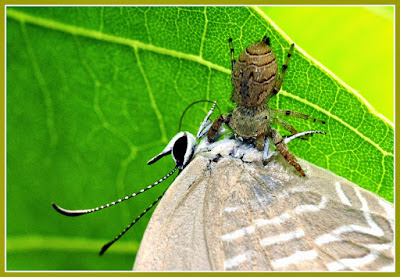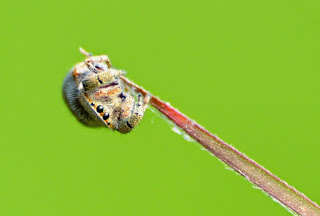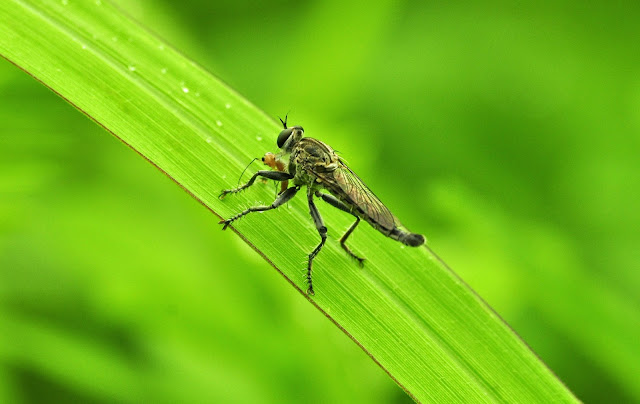Spider
 |
| Spider with a Butterfly as Prey |
Spiders are eight eyed creatures and are some of the most efficient hunters of the animal kingdom, they can kill a prey 5 times larger than them.
 |
| Spider eats 5 times its prey |
Spider makes web and sit in the middle, monitoring the radius threads for vibrations. Once an insect is caught in the web, the spider feels the motion and makes its way to the vibration source, thus extending its presence to a much wider area.
Spider makes web and sit in the middle, monitoring the radius threads for vibrations. Once an insect is caught in the web, the spider feels the motion and makes its way to the vibration source, thus extending its presence to a much wider area.
Some crazy facts
A single strand of spider web has more potential energy than the bomb dropped on Nagasaki
Spiders cannot physically die of natural causes. If kept safe, a spider can continue to live and grow larger for a theoretically unlimited amount of time. In fact, in China there exists a collection of 'holy' spiders, hatched some 2,800 years ago during the height of the Mang-Tsun dynasty
The largest spider ever observed by scientists was over 8 feet long and weighed in at 530 pounds. It was actually immobile though, it's legs had been broken long ago by merely carrying its own weight






